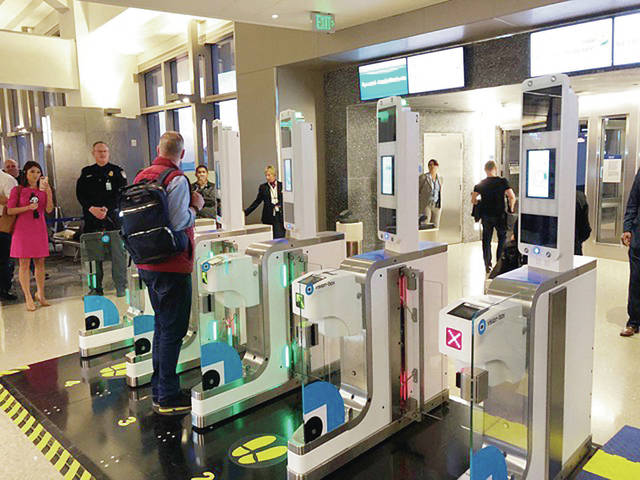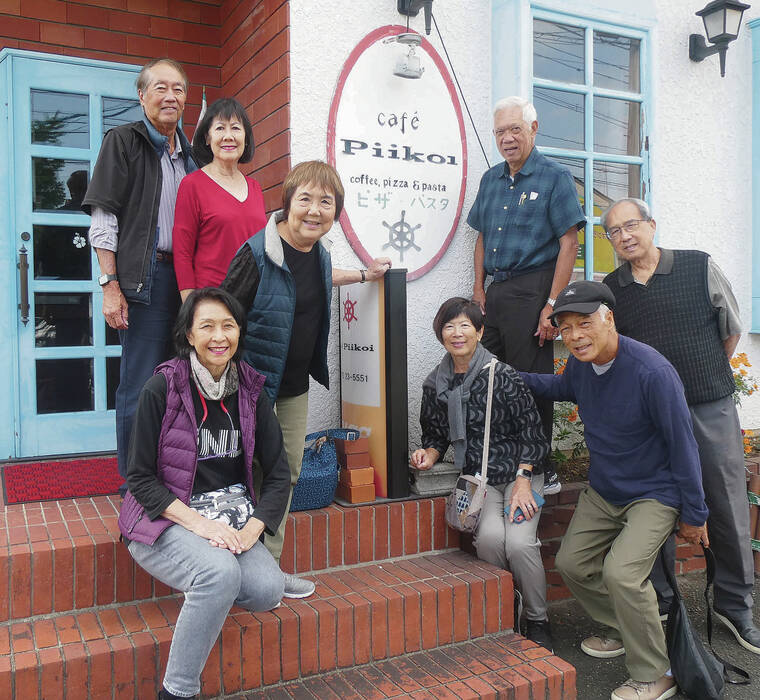Biometrics subtract human element from airline boarding

TRIBUNE NEWS SERVICE
British Airways demonstrated the first use of purely biometric boarding on a flight departing from the U.S. in January.
In December of last year, a nonstop flight from Los Angeles to Tokyo on All Nippon Airways was sent back to LAX after three hours in the air when cabin crew discovered a stowaway.
The unauthorized passenger, who was ticketed on a United LA-to-Tokyo flight leaving about the same time as ANA’s Flight 175, used a duplicate ANA boarding pass issued to his brother, who was ticketed on ANA, to board ANA’s flight. Perhaps the stowaway had heard that ANA was a better airline than United, or maybe he just wanted to travel with his brother. In any case, 208 passengers flew 4,000 miles round-trip from Los Angeles to Los Angeles.
Exactly how could a passenger be allowed to board a flight he was not ticketed on? Don’t the gate agents scan a boarding pass and check to make sure the name on a pass matches the name and photo in the passenger’s passport? And even if they don’t match the boarding pass with the passport, shouldn’t an attempted scan of a duplicate boarding pass set off an alarm of some sort? Apparently not.
Perhaps that’s one reason airlines are teaming with their airport partners to take the human element out of the boarding process. On Jan. 18, British Airways demonstrated the first use of purely biometric boarding on a flight departing from the U.S. Passengers boarded the Boeing 787 for a flight from LAX to Heathrow without needing to show a passport or boarding pass. In fewer than 20 minutes, all 180 passengers were on the plane.
Each passenger walked up to one of four scanners, looked into a camera for a couple of seconds and passed through a gate. A couple of passengers weren’t recognized by the software, and were checked manually, as were those in wheelchairs or needing special assistance.
Not only does biometric boarding provide better security compared to traditional boarding procedures, but because there were four scanners, the process goes much faster than the alternative, which usually involves two gate agents manually checking documents, dealing with passengers who might have misplaced boarding passes, and fumbling with passports to find the photo page.
Don't miss out on what's happening!
Stay in touch with breaking news, as it happens, conveniently in your email inbox. It's FREE!
But there are other advantages as well. Quicker boarding means less time on the ground, which could lead to faster turnaround times and more cost-efficient utilization of aircraft and gates.
A spokesperson for Vision-Box, the company that builds this biometric scanning technology, told me that in the foreseeable future an airline passenger’s entire journey, from check-in, through airport security, and at immigration upon arrival, will be completely automated with biometric scanning. Your face will be your passport to the world.




